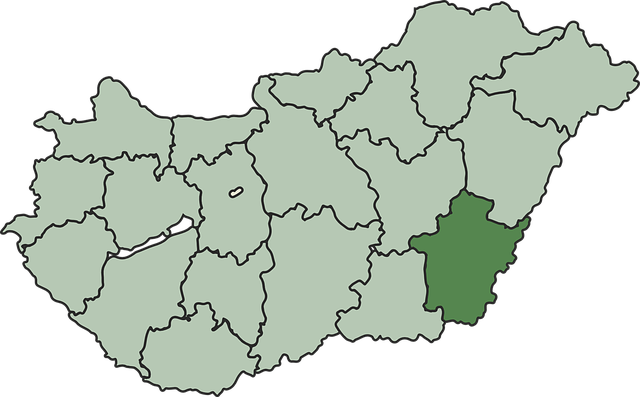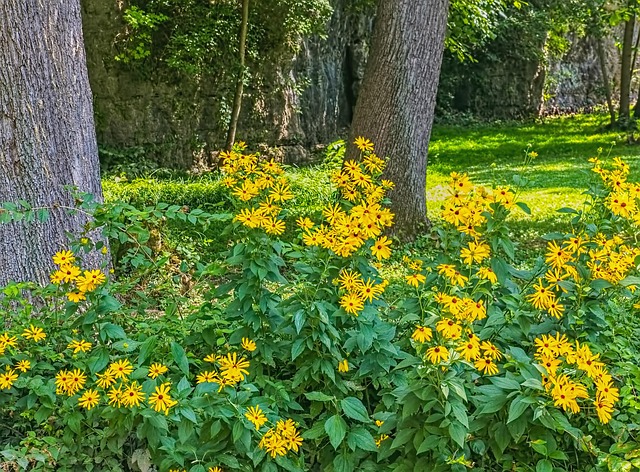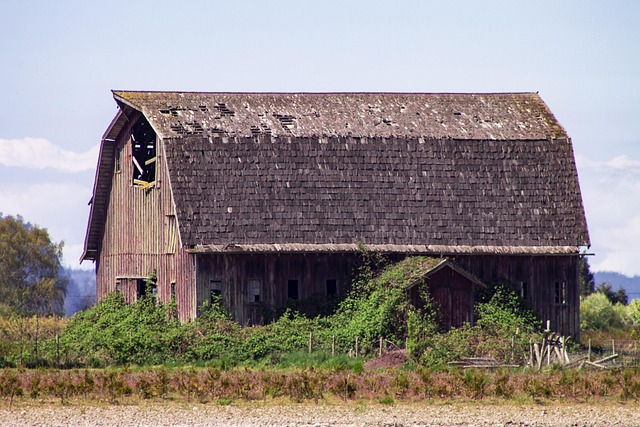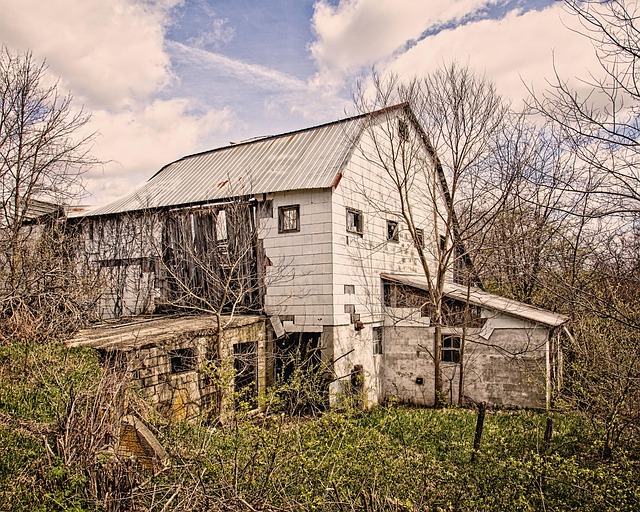The Southeastern US captivates with its breathtaking farmland landscape, fertile soil supporting agriculture, and stunning scenery for outdoor enthusiasts. With a rich history dating back to the 18th century, this region offers lucrative real estate opportunities for both peaceful rural living and strategic investments in vast, ideal lands for agriculture and livestock grazing. Investors can access diverse properties, take advantage of low prices and tax incentives, while contributing to local agricultural heritage and food security.
Explore the captivating world of southeastern farmland and ranching territory, where vast landscapes and rich history intertwine. This region boasts abundant land ideal for agriculture and livestock grazing, attracting investors seeking lucrative real estate opportunities. Delve into the area’s historical ranching heritage, once a bustling hub of rural vitality. With its scenic beauty and promising prospects, the southeast offers an enticing destination for those looking to invest in sustainable, historic real estate.
Abundant Land: Southeastern Farmland Scenery

The Southeastern United States boasts a breathtaking landscape defined by its vast and diverse farmland, making it a prime destination for real estate enthusiasts seeking tranquil retreats or lucrative investments. This region is characterized by expansive fields, rolling hills, and lush woodlands, offering a visual feast that captivates visitors from around the globe. The abundance of open spaces allows for a sense of connection to nature, with scenic vistas that stretch as far as the eye can see.
Whether it’s the fertile soil supporting thriving agricultural practices or the serene beauty attracting outdoor enthusiasts, Southeastern farmland stands as a testament to the region’s natural wealth. Its appeal lies not only in its economic potential but also in the opportunity to preserve and enjoy the area’s remarkable natural scenery, making it a sought-after location for those seeking a peaceful rural lifestyle or a strategic real estate venture.
Ranching Heritage: A Historical Perspective

Southeastern farmland and ranching territory boasts a rich history steeped in the traditions of cowboy culture and agriculture. For centuries, this region has been defined by its vast, open spaces and the hard-working ranchers who have shaped its landscape. The ranching heritage here is deeply ingrained, dating back to the 18th century when Spanish explorers introduced livestock to the area, laying the foundation for a thriving cattle industry.
Over time, families established themselves in these parts, passing down knowledge and practices from one generation to the next. Today, many of these historic ranches still operate, reflecting a strong commitment to sustainability and stewardship of the land. This enduring legacy makes southeastern farmland a desirable asset in real estate circles, drawing buyers interested in both its historical significance and immense agricultural potential.
Real Estate Opportunities: Investing in the Southeast

The Southeastern United States offers a wealth of real estate opportunities, particularly for those interested in farmland and ranching investments. This region is characterized by vast, fertile lands, ideal for agriculture, livestock grazing, and sustainable farming practices. With a growing demand for locally produced food and an increasing focus on environmental stewardship, southeastern farmland has become a lucrative investment choice. Investors can acquire properties ranging from small family farms to large-scale agricultural operations, catering to the diverse needs of modern agriculture.
The real estate market in this region is vibrant, with many opportunities for growth and development. Low property prices compared to other parts of the country make it an attractive prospect for investors looking to diversify their portfolios. Additionally, tax incentives and grants are often available for agricultural purposes, further enhancing the appeal of southeastern farmland. Investing in this territory not only offers potential financial gains but also contributes to the region’s agricultural heritage and food security.






